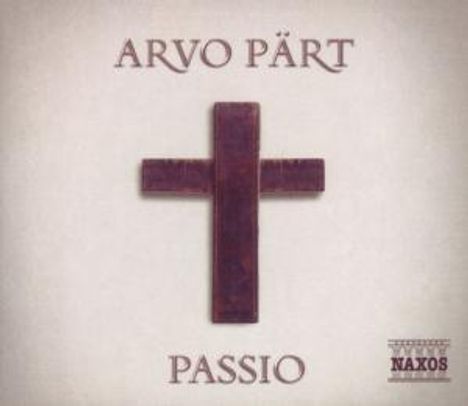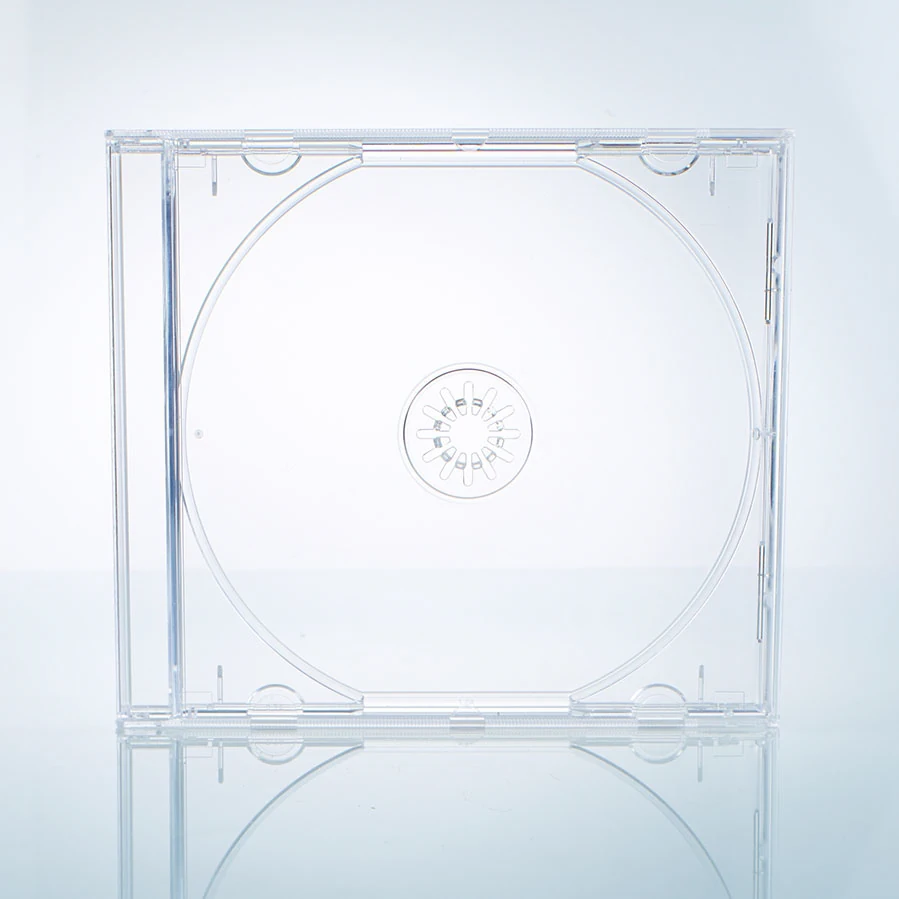Arvo Pärt: Passio Domini Nostri (Johannes-Passion) auf CD
Passio Domini Nostri (Johannes-Passion)
Herkömmliche CD, die mit allen CD-Playern und Computerlaufwerken, aber auch mit den meisten SACD- oder Multiplayern abspielbar ist.
Lassen Sie sich über unseren eCourier benachrichtigen, falls das Produkt bestellt werden kann.
- Künstler:
- Robert Macdonald, Mark Anderson, Tonus Peregrinus, Antony Pitts
- Label:
- Naxos
- Aufnahmejahr ca.:
- 2001
- UPC/EAN:
- 0747313586028
- Erscheinungstermin:
- 17.3.2003
Ähnliche Artikel
1980 emigrierte die Familie Pärt aus Estland und ließ sich nach kurzer Zeit in Wien in Berlin nieder. Bald nach der Emigration schrieb Arvo Pärt seine Vertonung der Johannes-Passion nach dem tintinnabuli-Prinzip, und seitdem konzentriert er sich vor allem auf geistliche Vokalwerke, darunter die Sieben Magnifikat-Antiphonen (1988), das Miserere (1989), die Seligpreisungen (1990) und die Litanei (1994).
Die Haupterzählung in Passio ist einem Evangelistenquartett gegeben, das von Violine, Oboe, Cello und Fagott begleitet wird und dessen Musik sich um die Note A dreht. Die Worte Jesu werden in einem langsameren Tempo gesetzt und von einem Bass gesungen, der ständig von der Orgel gespiegelt wird. Pilatus wird von einem Tenor gesungen, und seine Gesangsstimme und Orgelbegleitung schwanken zwischen einem F und einem B (genau eine halbe Oktave auseinander - der ambivalente Tritonus). Alle anderen Figuren, einschließlich des Publikums, werden vom Chor zu einer Musik gesungen, die auf einem Dreiklang in E-Dur basiert. Umrahmt wird der biblische Text von dem Eröffnungstitel "Passio Domini Nostri Jesu Christi secundum Joannem" und einem Schlussgebet in herrlichem D-Dur: "Qui passus es pro nobis, miserere nobis. Amen". - "Ihr, die ihr für uns gelitten habt, habt Erbarmen mit uns. Amen."
Trotz der Exaktheit und scheinbaren Einfachheit, mit der die Noten vom Komponisten vorgegeben werden, zeugt es von der Kraft und der Raffinesse des Tintinnabuli-Prinzips, durch das der Text spricht. Ein deutliches Beispiel dafür ist "crucifigeretur", das Wort mit der größten Anzahl von Silben im gesamten Passionstext. Die Melodie des Sängers entfernt sich der Formel zufolge weiter von ihrer Grundtonart als jede andere, was sich als schmerzhaft passend erweist, wenn Jesus zur Kreuzigung übergeben wird.
Product Information
In 1980 the Pärt family emigrated from Estonia and after a short time in Vienna settled in Berlin. Soon after emigrating, Arvo Pärt wrote his setting of the St John Passion using the tintinnabuli principle, and since then he has concentrated mainly on sacred vocal works including the Seven Magnificat Antiphons (1988), the Miserere (1989), The Beatitudes (1990) and the Litany (1994).
The main narrative in Passio is given to an Evangelist Quartet, accompanied by violin, oboe, cello and bassoon, whose music centres around the note A. Jesus’s words are set at a slower pace and sung by a bass continuously mirrored by the organ. Pilate is sung by a tenor, and his vocal part and organ accompaniment vacillate between an F and a B (exactly half an octave apart - the ambivalent tritone). All the other characters, including the crowd, are sung by the choir to music based around a triad of E major. Framing the biblical text are the opening title "Passio Domini Nostri Jesu Christi secundum Joannem" and a final prayer in glorious D major: "Qui passus es pro nobis, miserere nobis. Amen." — "You who have suffered for us, have mercy upon us. Amen."
Despite the exactitude and apparent simplicity with which the notes are pre-determined by the composer, it is a testament to the power and refinement of the tintinnabuli principle that the text speaks through. A clear example of this is "crucifigeretur", the word with the greatest number of syllables in the entire text of the Passion. The singer’s melody moves, according to the formula, further from its home note than any other, which proves painfully apt as Jesus is handed over to be crucified.
Rezensionen
M. Mezger in stereoplay 6/03: »Arvo Pärts gut einstündige a-Moll-Fastenzeit mit ihren D-Dur-Ostermanna am Ende ist beides: Rausch und Askese, Spirituose und Spiritualie.«Disk 1 von 1 (CD)
-
1 St. John Passion: Passio Domini Nostri Jesu Christi secundum Joannem
-
2 Et adduxerunt eum ad Annam primum
-
3 Adducunt ergo Jesum a Caipha in praetorium
-
4 Tunc ergo tradidit eis illum ut crucifigeretur










